Here's how we can work together
I design websites, build full digital ecosystems, funnels, and content operations that scale as your business grows, integrating the right platforms with clarity and intention.
The Visibility
& Authority Path
A thoughtful, end-to-end content and marketing launch for experienced professionals who want their work to be visible clearly and consistently — without hype, hustle, or performative tactics.
End to End Platform Buildouts
Full-service end to end platform buildouts for coaches - websites, courses and launches to get your brand online.
Founder Support
& Digital Ops
Ongoing embedded operations + marketing and admin support across systems, funnels, platforms, and execution.
Retainer only.
Who I Work With
I work with experienced professionals, coaches, entrepreneurs, educators, and founders who want to move beyond fragmented tools and build a clear, course-led digital ecosystem.
Through collaborative, high-touch work, I design scalable systems across Kajabi, Wix, and WordPress, supporting everything from foundational builds to global launches and long-term digital strategy. The goal is simple: your technology, content, and vision working together as one system.
A Glimpse into My Experience
8 YEARS
DESIGNING AND SCALING ECOSYSTEMS
40+
FOUNDERS AND BRANDS SUPPORTED GLOBALY
30+
PLATFORMS & TOOLS WORKED ACROSS
10+
WORKFLOW AREAS COVERED




















Let's Build Your Digital Ecosystem
You will be redirected to a booking form upon successful submission.
Let's Build Your Digital Ecosystem
You will be redirected to a booking form upon successful submission.
.png)








